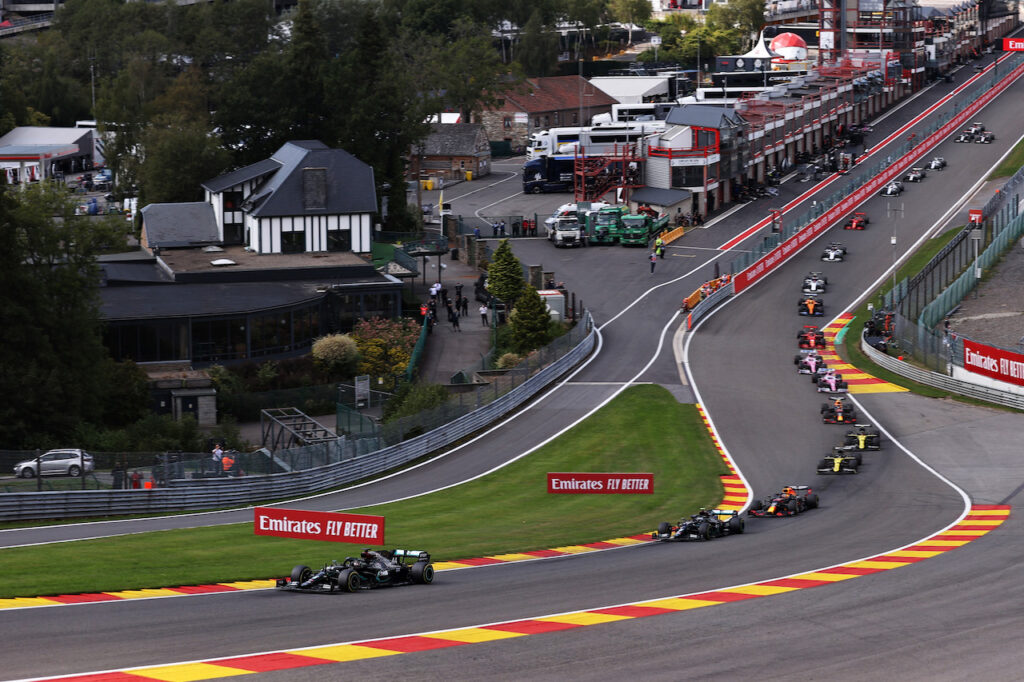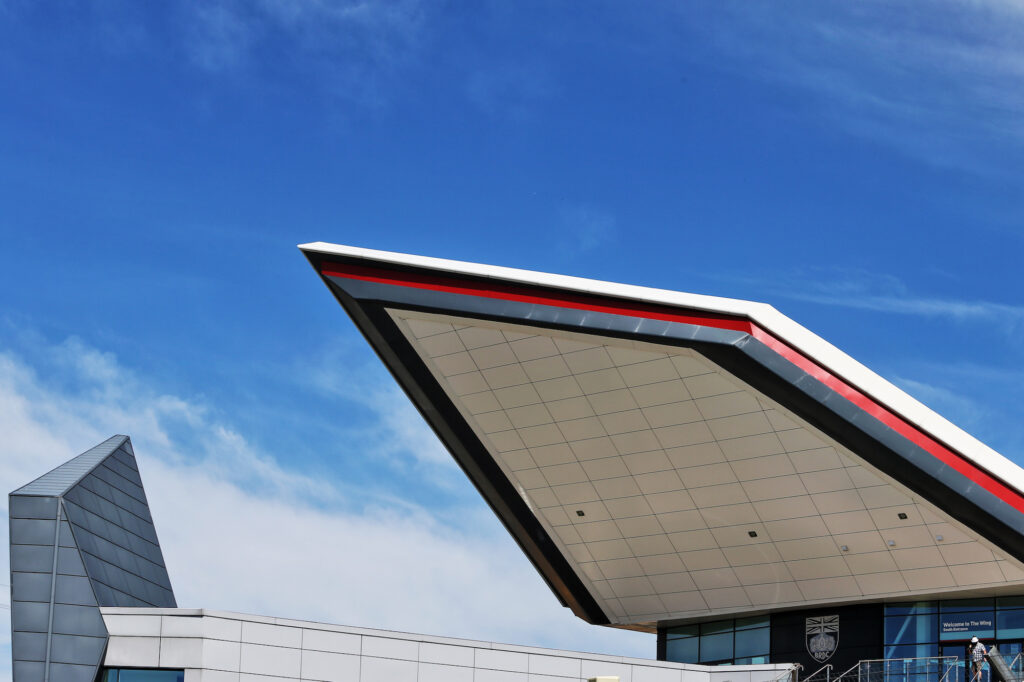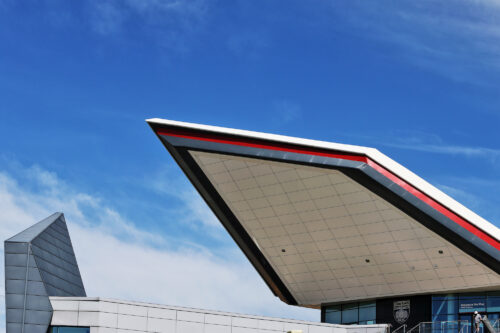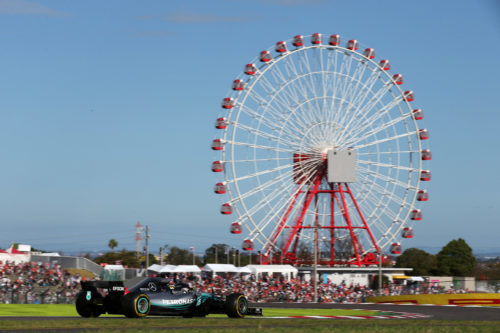Formula 1 | Italian GP, Brembo analyzes the performance of the braking systems on the Monza track
The hardest braking is undoubtedly that of the first variant

Formula 1 is synonymous with speed and speed finds its maximum expression at the Autodromo Nazionale Monza, home from 6 to 8 September of the Italian GP, the 14th round of the 2019 World Championship. Universally known by the nickname "Temple of Speed ”, the Brianza track (located 15 km from Milan) was built in 1922 to host the Italian Grand Prix. With 68 GPs held, the Autodromo Nazionale Monza is the most used circuit in the history of F.1: 66 GPs were held in Monaco and 53 in Silverstone.
To limit the performance of the single-seaters, 3 chicanes, called Variants, were introduced in the 2000s. The last change to the track design was made in 1, with the modification to the Variante del Rettifilo. The lap record with this configuration belongs to Kimi Raikkonen who last year with the Ferrari, equipped with a Brembo braking system, stopped the clocks at 19'119''XNUMX.
The record could be broken thanks to the more high-performance cars. This will translate into a notable effort for the braking systems of the single-seaters which have been able to develop greater braking torque for 3 years. Furthermore, the low aerodynamic load used to exploit the very long straights translates into very violent and challenging braking to manage.
According to Brembo technicians, who classified the 21 tracks of the World Championship, the Autodromo Nazionale Monza falls into the category of circuits that are demanding on the brakes. On a scale of 1 to 5 it earned a difficulty rating of 4.
The engagement of the brakes during the GP
Four years ago in Monza the fastest single-seaters lapped in qualifying at an average of 250 km/h per lap while last year they exceeded 263 km/h. The time spent braking can only be modest: just 11 percent of the entire race.
However, the only 6 braking stops per lap are not a negative record: in Singapore there are 15, in Monaco, Yas Marina, Budapest and Baku 11 but in Hockenheim there are only 5. On average the brakes are used 10,6 seconds per lap, a value superior only to the Spielberg track which however is shorter, by as much as a kilometer and a half. The presence of a few braking sections but all of them extremely violent translates into an average deceleration per lap of 4,1 g.
The combination of powerful braking compensated by their numerical scarcity generates an energy dissipated in braking by each car during the entire GP in line with other GPs: the 165 kWh are in fact similar to the values of Spa-Francorchamps and Sochi. From the start to the checkered flag each driver exerts a total load on the brake pedal of 31 tonnes.
In practice, each lap the braking effort is almost 600 kg and this requires great physical preparation, which is also essential for dealing with lateral accelerations in bends.
The most demanding braking
Only 3 of the 6 braking sections at the Autodromo Nazionale Monza are classified as demanding on the brakes, one is of medium difficulty and 2 are light.
The hardest for the braking system is the first after the finish line: the single-seaters arrive there at 349 km/h and descend to 87 km/h in just 137 metres.
To achieve this, the drivers brake for 2,74 seconds, applying a load of 196 kg on the brake pedal and facing a deceleration of 5,6 g. The braking at turn 4 is also impressive, from 334 km/h to 119 km/h in just 2,09 seconds and 117 metres: the load on the pedal is 133 kg and the maximum deceleration of 4,9 g.
The effort required of the drivers in the succession of turns 6, 7 and 8 is intense: three braking sections with decelerations between 2,2 g and 5 g and pedal loads of 45 kg, 59 kg and 82 kg.
if you want to always be updated on our news
Follow us here






![F1 | Verstappen "upset" after seeing Perez's departure in Miami [VIDEO]](https://f1grandprix.motorionline.com/wp-content/uploads/2024/05/f1-verstappen-partenza-gp-miami-1024x555.jpg)
![F1 | Verstappen "upset" after seeing Perez's departure in Miami [VIDEO]](https://f1grandprix.motorionline.com/wp-content/uploads/2024/05/f1-verstappen-partenza-gp-miami-500x271.jpg)
![F1 | GP Miami, SC changes the balance of the race between Verstappen and Norris: Ivan Capelli's analysis [VIDEO]](https://f1grandprix.motorionline.com/wp-content/uploads/2024/05/f1-gp-miami-norris-mclaren-1024x551.jpg)
![F1 | GP Miami, SC changes the balance of the race between Verstappen and Norris: Ivan Capelli's analysis [VIDEO]](https://f1grandprix.motorionline.com/wp-content/uploads/2024/05/f1-gp-miami-norris-mclaren-500x269.jpg)
![F1 | Ferrari shone in Miami even without updates, optimism grows ahead of Imola [VIDEO]](https://f1grandprix.motorionline.com/wp-content/uploads/2024/05/f1-gp-miami-ferrari-1024x550.jpg)
![F1 | Ferrari shone in Miami even without updates, optimism grows ahead of Imola [VIDEO]](https://f1grandprix.motorionline.com/wp-content/uploads/2024/05/f1-gp-miami-ferrari-500x268.jpg)









